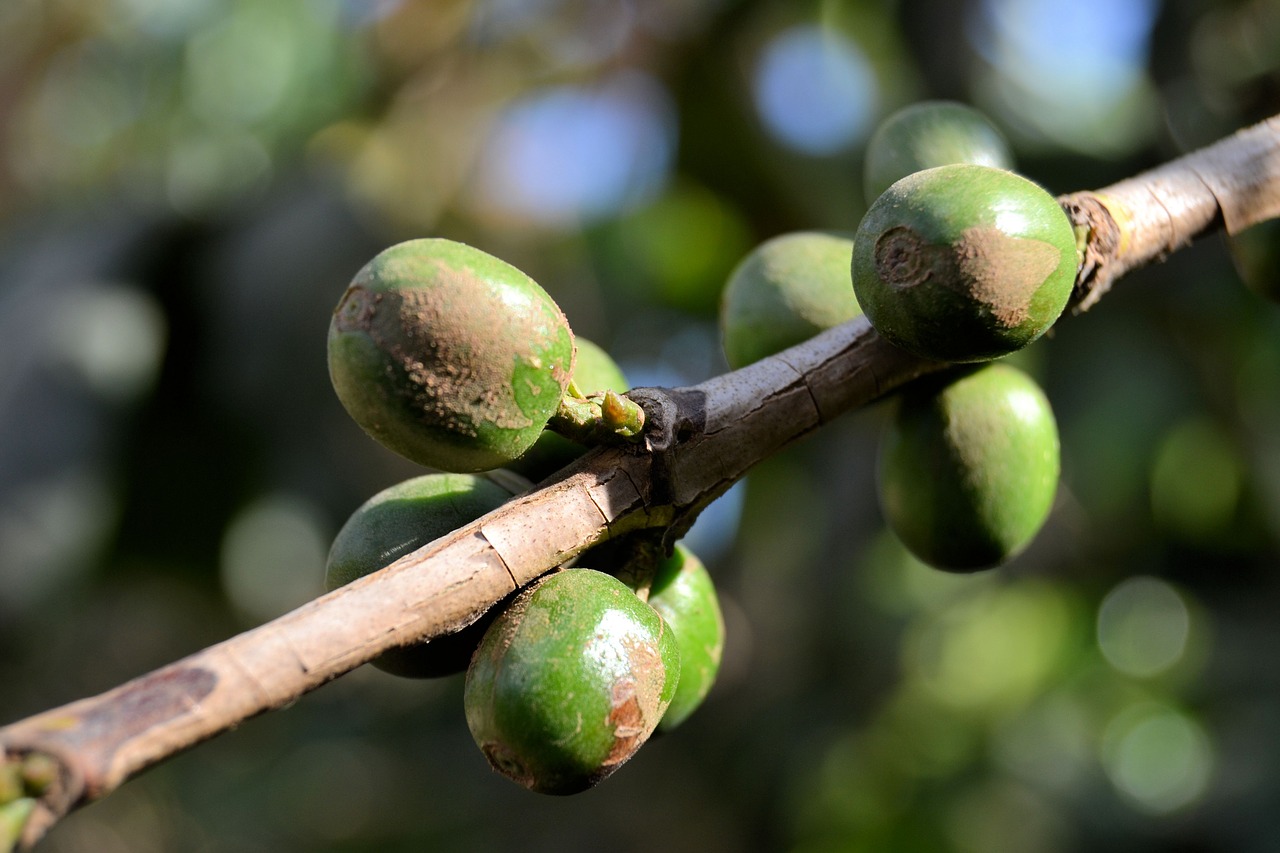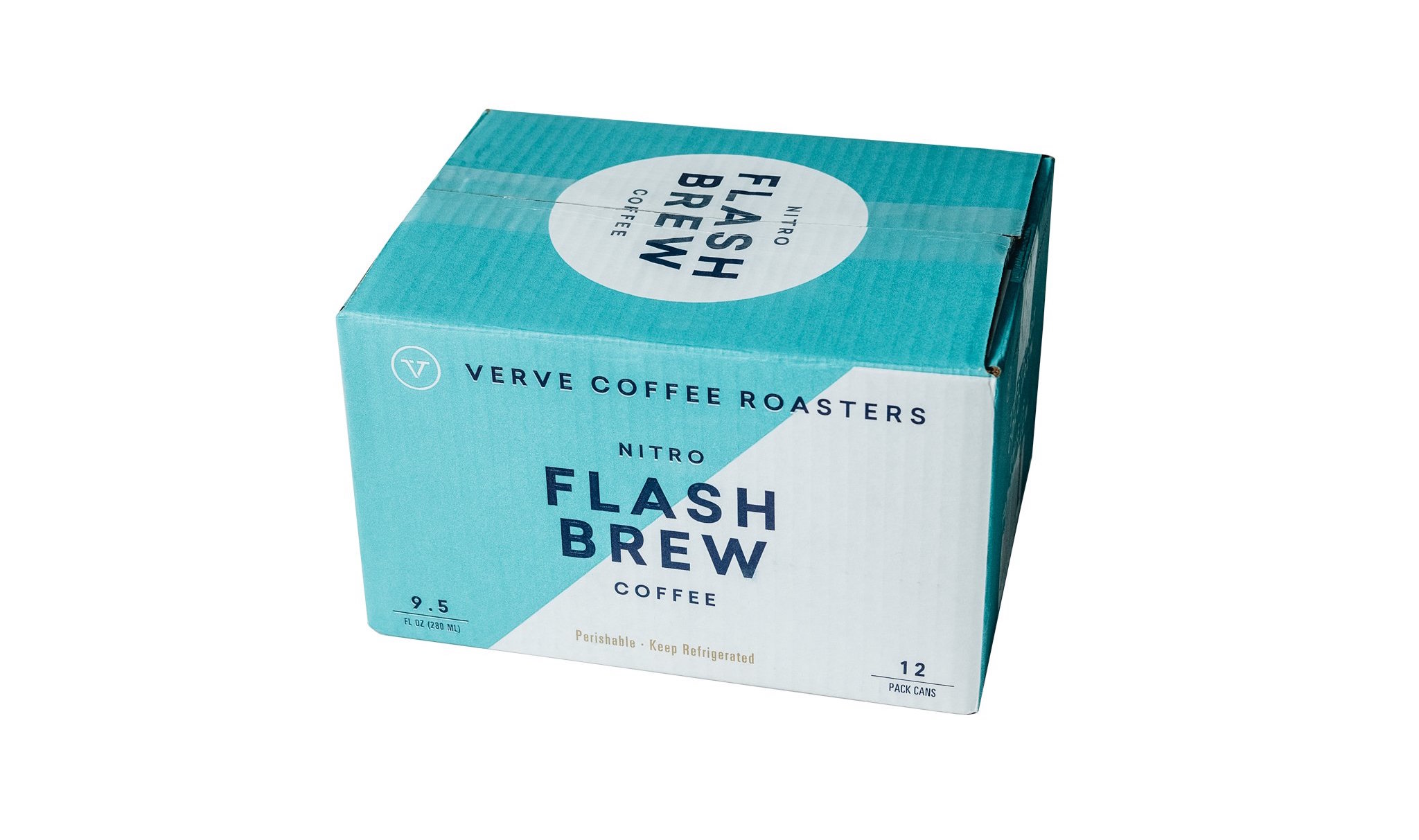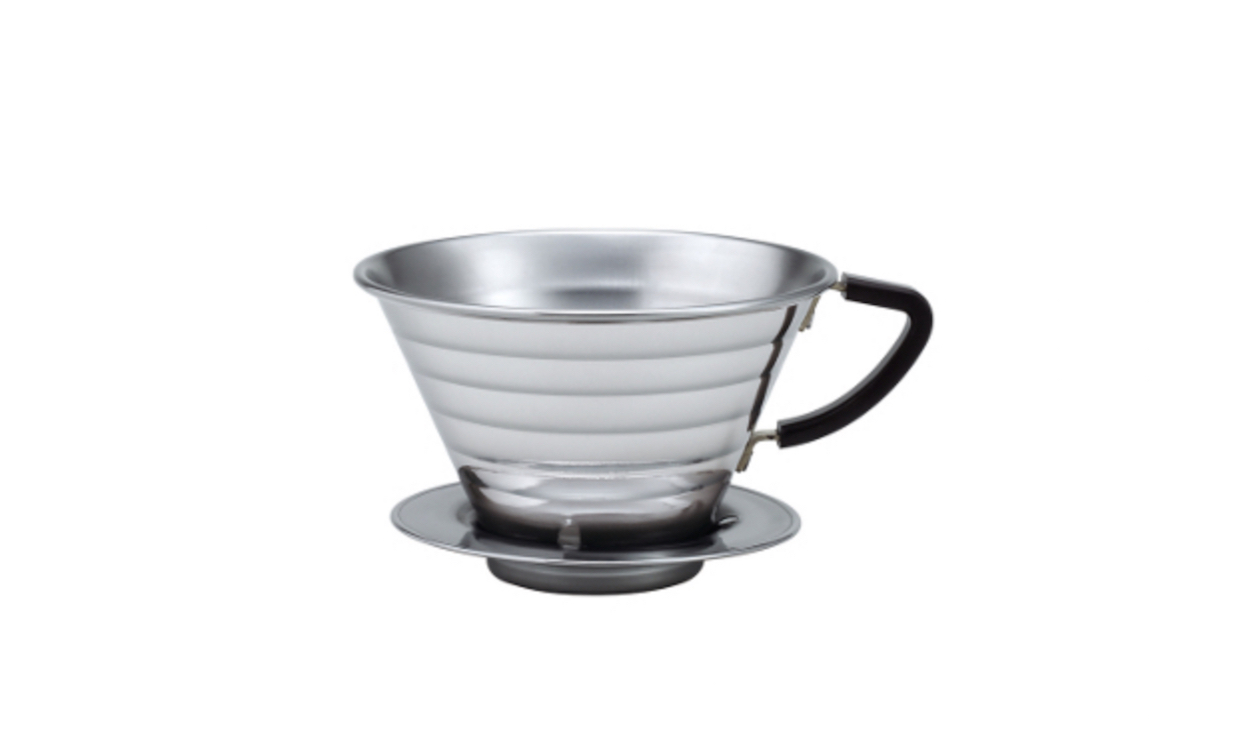Responding to the upward trend in global demand even as C-market prices continue to scrape bottom, Colombia’s Coffee Grower’s Federation (FNC) has set a target to increase production by as much as 30% in coming years. To do so, Reuters reported this week that more attention is being paid to reconnecting with the country’s remote and under-developed southern regions to help them recover from recent conflict periods and achieve their agricultural potential:
Importers are already looking to former conflict areas like Caqueta for increased output.
“A lot of new growth that could come from Colombia is in the areas that have been cut off, in former FARC areas,” said Jacob Elster, chief executive of Crop to Cup Coffee Importers.
“It’s not unreasonable that with better agricultural practices and planting varietals with higher yields, you could almost get” to the target, Elster said.
The federation now has five advisors in Caqueta and hopes that providing farmers with expertise, seeds and other supplies will help them boost productivity.
Oddly enough, coffee production is also increasing in Canada. University of the Fraser Valley associate professor of agriculture Tom Baumann is guiding students through coffee cultivation in “high-tech greenhouses” there, producing enough to harvest, process, roast and brew. Local paper The Chilliwack Progress had more:
Inside the humid vertical greenhouse after sampling coffee in the classroom, Baumann shows visitors on a recent tour the coffee plants, which are growing alongside many other things you would not expect to see in the Fraser Valley let alone anywhere in Canada: papaya, guava, orange, lemon, tea.
“This is teaching opportunity for people that want to go other places than just Canada. The principles apply: If you have a greenhouse, you can control the environment you can do anything.”As for the coffee, this isn’t the first time Baumann’s students have grown the plants but it is the first time a student was so proactive to process the beans.
Coffee growth in non-controlled environments is another matter. Research has revealed that Kenya, Uganda and Tanzania are home to 15 of the 75 species currently known to be threatened with extinction. While threats to certain species and to the general productivity of certain regions are manifold and complex, an article in Nairobi-based weekly newspaper The East African suggests that wild coffee could provide some relief:
For this reason, attention is slowly being drawn back to wild coffee for their tolerance of changes in the weather and resistance to, pest and diseases. They also have low or zero caffeine content and may even taste better.
Wild coffees in certain parts of the world, particularly Africa, received little or no attention at all yet they could be substituted for the two coffee species that are most popular.
For instance, the Coffea rhamnifolia in Northern Kenya and Somalia was not even documented over several decades due to inaccessibility caused by war.
While the threat of extinction is certainly crappy news, the crappiest by far came from researchers at the University of Texas, Galveston, whose careful abuse of rodents revealed one possible explanation for why coffee makes humans feel the need to poop. Genetic Engineering & Biotechnology News reported that after feeding the animals various concentrations of coffee, both regular and decaf, for several days, researchers found increased gut muscle motility, and an apparent suppression of microbes:
Coffee has long been known to increase bowel movement, but researchers have not pinpointed the specific reason or mechanism. In the current study, the scientists examined changes to bacteria when fecal matter was exposed to coffee in a petri dish, and by studying the composition of feces after rats ingested differing concentrations of coffee over three days.
This study also documented changes to smooth muscles in the intestine and colon, and the response of those muscles when exposed directly to coffee.Remarkably, the research team found that growth of bacteria and other microbes in fecal matter in a petri dish was suppressed with a solution of 1.5% coffee, and growth of microbes was even lower with a 3% solution of coffee. Decaffeinated coffee had a similar effect on the microbiome.
In the crowded field of cold RTD coffee products, “flash brew” is emerging as its own competitive niche, according to reporting by BevNet this week. Evidence for this comes by way of Japanese flash-chill product giant Suntory’s entry to the U.S. market, existing players like Verve Coffee holding steady, and new ones, such as Elemental Beverage, arising:
Flash chilled — the general term for coffee which is brewed hot and then quickly cooled without being diluted with ice or water — is not exactly a new innovation. The method has long been prized by coffee aficionados for its ability to capture the nuanced flavor notes and complex aromatics that emerge during a hot extraction process. Popularized as the preferred style of cold coffee in Japan, flash brewed products have also helped turn that country into the world’s largest RTD coffee market, and that influence has begun to extend to the U.S. Last year, Santa Cruz, Calif.-based Verve Coffee Roasters introduced a flash chilled RTD line, part of the company’s comprehensive pivot away from cold brew.
Already a major force in the Japanese market, CPG conglomerate Suntory is aiming to leverage its experience in flash brewed RTD coffee to grow the company’s nascent U.S. presence via its flagship category brand, Boss Coffee. According to Keishi Fukata, director of marketing for Raleigh, N.C.-based Suntory Beverage & Food North America, Boss was the top-selling RTD coffee brand in Japan last year and third-highest selling beverage overall, with over 100 million cases shipped across 20 SKUs. Launched in 1992, the company has featured actor Tommy Lee Jones as its long-running spokesperson in TV ads.
Kalita USA is packing it in after eight years of selling the popular flat-bottom dripper in the U.S. Wrecking Ball Coffee Roasters founders Trish Rothgeb and Nick Cho, who set up Kalita USA to import and promote the Japanese brewer they once loved, are dissolving the Wrecking Ball subsidiary, citing a lack of support and other frustrations in dealing with product’s maker. Cho and Rothgeb minced no words in a letter to customers posted on the Kalita USA website:
Unfortunately, a great deal has changed since those first few years, including a number of changes at Kalita’s top management, an overall lack of leadership at that company, and a shocking reneging on our prior agreements. Still, we continued to represent the brand. However, with continued unwillingness to work with us constructively and with chronic supply issues with no improvement over the last few years, we’ve made the decision to dissolve Kalita USA as an entity and focus on our core coffee roasting and cafe business, as well as our December Dripper products. Without any indication of a desire or ability to grow their brand or support distribution in the US or anywhere, we no longer have confidence in Kalita.
With a growing number of other flat-bottomed pourover products on the market, we suggest that you invest in one of those for your coffee brewing toolset.
The Economist this week provided some perspective on China’s shifting beverage landscape with a piece that looks at how the accelerating gravitation towards coffee fits into its once almost entirely tea-drinking culture. Luckin Coffee’s grab-and-go kiosks cater to busy professionals; the growing sector of mellower, more craft-oriented indie shops appeal to millennials; and old-timers — well, they still drink tea:
There may be about 200 small coffee shops like Mr Pang’s in Chengdu, Ms Zhang estimates. Their growth is striking given the city’s renown for its tea-drinking culture. Many residents like to relax in open-air shops, sipping tea served gracefully by waiters from brass pots with long spouts. Xue Meiling, a Whale regular who owns a bakery, says she is as likely to invite a friend to coffee at Mr Pang’s as to tea.
But the two markets are different. The teahouses tend to cater to older people who like to spend long hours in them, playing mahjong and gossiping. At the coffee shops it is rare to see anyone over 40. Young people use them for socialising, but much of their interaction is online—sharing photos of their drinks, of the coffee-making equipment and of themselves in chic interiors. An option on the Chinese rating app Dianping allows users to search for wanghong (“internet viral”) coffee houses: ones with particularly photogenic decor. Where better to sip and WeChat?
Howard Bryman
Howard Bryman is the associate editor of Daily Coffee News by Roast Magazine. He is based in Portland, Oregon.











Comment